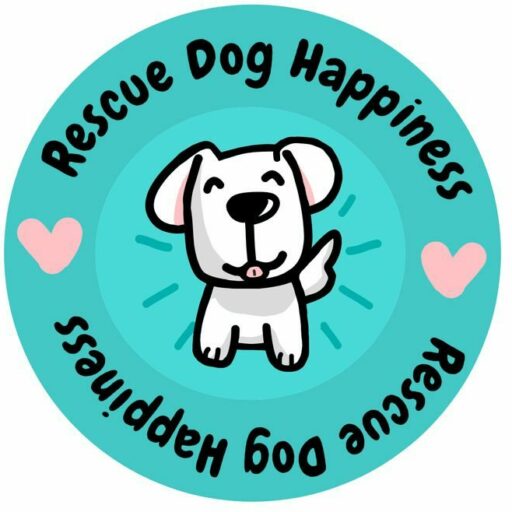Contents
Positive Reinforcement for Training Your Rescue Dog
Shouting, screaming or waving a newspaper is bad advise. Fear will never build confidence, in fact the opposite. Praise, leadership, and positive reinforcement is key for training your rescue dog. You are the pack leader and your canine looks to you to show him the way – teaching him how you want him to behave. A confident dog is also less likely to suffer with separation anxiety and other such issues.
Why Positive Reinforcement Works for Training Your Rescue Dog – All Dogs
There are quite a few different approaches to dog training. One is known as the Alpha Dog or Punishment method (using dominant, almost harsh actions and words to reinforce good behavior). And there is Positive Reinforcement (rewarding dogs for good behavior and ignoring poor behavior).
When it comes to a rescue dog, or most dogs for that matter it’s recommended that you should proceed with the softer, positive reinforcement approach. Just because you are calm and using positive methods its doesn’t mean you can’t firm. Training you dog is a kind thing to do especially when you do it the right way.
The Concept of Positive Reinforcement When Training a Rescue Dog
Positive reinforcement is the method of training that rewards your dog with something fun or tasty when he/she behaves well. While you ignore or correct their poor behavior.
Training using positive reinforcement doesn’t require an expensive trainer. Nor does it require a ton of experience for you. And it’s something that the whole family can partake in.
It’s important to recognize that where your dog is a rescue, that he may have some training and others while others have none. Many rescues are nervous, and because a dog is older don’t expect that they know what to do. A rescue dog may require potty training, learn boundaries or simply adjust to being around kind people that care about them.
So it’s easy to see why using a calm, positive method of reinforcing good behavior forges a strong bond between you and dog. This way she will learn trust and respond in the way you desire.
By nature a dog wants to please their leader – their family. And that is what you want for your rescue dog who has been through much. A not a scared one who tries to find ways to avoid punishment. Positive reinforcement for training your rescue dog is the fastest way to get positive result with your new canine.
Finding the Perfect Praise Reward aka PR
Most dogs are treat motivated. You also may wonder what you can use if your dog happens to dislike or be disinterested in treats. I know, how crazy! But it happens more often than you think.
Consider what your dog enjoys in the run of a day. Is it snuggles? A trip in the car? small treats?
You could even just use loving words and that would be enough. Find what it is that makes your dog wiggle her tail with joy, and implement that into your positive reinforcement training routine.
Don’t miss an opportunity
Timing is everything. From when the toaster pops, to the kettle squealing, to using positive reinforcement training. If you provide a treat even just 3 minutes after your dog has responded to a command well, or eliminated waste outside, they won’t understand that it’s for the good thing they just did.
As soon as your dog does something right – reward right away. Connect it to a word. Say your rescue goes potty outside – say yes or ‘good job” in a high pitch voice that excites them and you can choose to give a treat. This is how positive reinforcement works.
Don’t Over Do It – When Using Positive Reinforcement with Your Rescue Dog
While it’s normal to consider your dog as a member of the family, it’s also important to remember that a dog is pack minded. There will always be a master and a submissive. Be sure to assert yourself in your own mind as well as to your dog that you are in charge.
Be Confident – Builds Confidence When Using Positive Reinforcement With Your Rescue Dog
Be careful of overpraising as well. Like constant chatter telling your dog how marvelous he is (even though he is) for no reason. He’ll miss the point when you are rewarding his good behavior. The positive reinforcement will lose its meaning if it’s done too much.
Your new doggo needs to see that a treat or a fun outing is just that–a treat. If you had a chocolate bar with every meal, it would soon lose its shine, wouldn’t it?
Remember, your new friend is adjusting to their new forever home. Taking care to use positive training methods as opposed to punishment or harsh training methods can not only be harmful to you, but also to your dog’s mental health.
Sources:
https://wright-wayrescue.org/positivereinforcement
https://pets.webmd.com/dogs/features/dog-training-positive-reinforcement-alpha-dog-method#1
